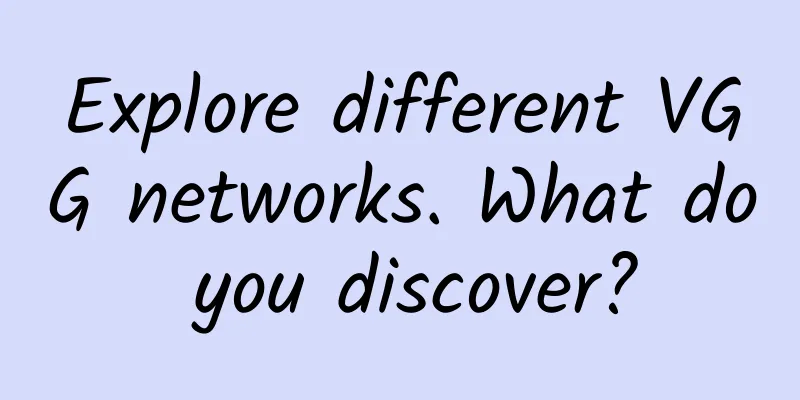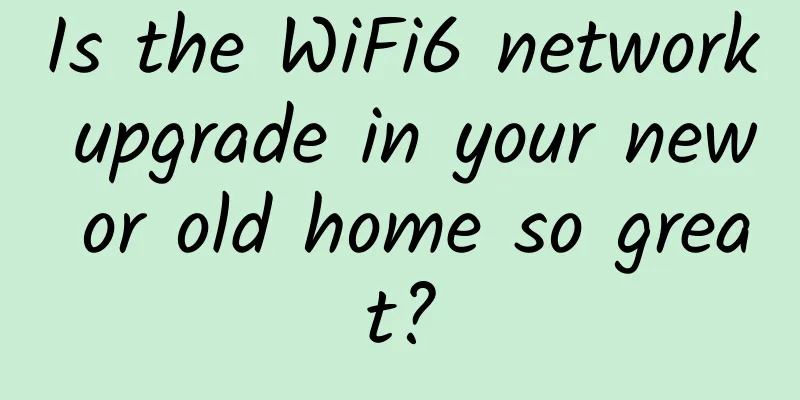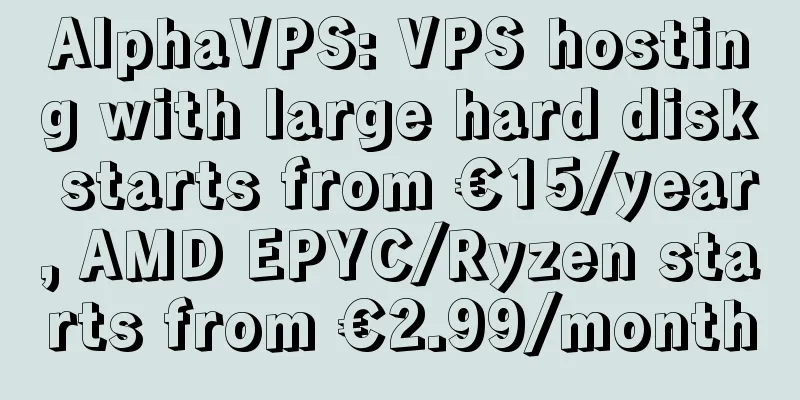Explore different VGG networks. What do you discover?

1 QuestionExplore different VGG networks. 2 MethodsThe VGG network is a classic convolutional neural network structure. Its main feature is the use of very small convolution kernels and pooling layers. By continuously stacking these small convolution kernels and pooling layers, a 16-19-layer deep convolutional neural network is successfully constructed. In addition to VGG-16 and VGG-19, there are also different versions of VGG networks such as VGG-11 and VGG-13. The main difference between these networks is that their depth and number of parameters are different, so their performance is also different. 3 ConclusionTo explore different VGG networks, the code defines a VGG network model where the depth parameter controls the depth of the convolutional layer. In each convolutional block, we use the same number of convolutional layers to keep the feature map size constant and continuously increase the number of channels. Finally, we add two fully connected layers to output the final classification results. The disadvantage is that the model does not use any regularization techniques, which may cause the model to overfit the training data and reduce its generalization ability. Although the VGG network is classic, many more advanced network structures have emerged since its introduction, which can provide better performance on many tasks. Lack of more detailed hyperparameter settings. Lack of pre-processing and post-processing of input data: This may affect the training and performance of the model, especially when using images of different sizes or types. In the future, we can study deeper network structures. Although the VGG network is relatively deep, with the improvement of hardware performance and the development of optimization technology, we can try to build deeper networks. This may lead to more complex calculations and more parameters, so we need to study how to effectively train and optimize such networks. More effective feature extraction, the VGG network improves performance by increasing the depth of the convolution layer, but this also increases the complexity of calculation. In the future, we can study how to design more effective convolution kernels, or use more advanced feature extraction methods, multimodal and multi-task learning, etc. |
<<: What problems do HTTP/1, HTTP/2, and HTTP/3 solve?
Recommend
August of the three major operators: 5G is accelerating, and China Mobile's fixed-line broadband users have exceeded 200 million
2020 was a difficult year, but it went by very qu...
Traditional SMS is rising against the trend with the help of 5G. What do you think?
In recent years, it seems that it has become a fa...
Who will save the grassroots employees of operators who are almost unable to bear it?
The article "Come and see: Which of the thre...
All websites must complete IPv6 transformation by the end of the year? MIIT responds
Today, according to the official WeChat account o...
From East-West Computing to Computing-Network Integration, Mobile Cloud Empowers New Digital Development
With the booming development of the digital econo...
The benefits of modern networks for businesses
Enterprise adoption of software-defined and virtu...
From HTTP to HTTPS, it turns out to be so simple
[[354426]] 【51CTO.com original article】 HTTP Begi...
Wireless technology is gradually becoming an important direction for network development and application in the future industrial Internet
Germany's "Industry 4.0 R&D White Pa...
FCC authorizes first batch of 6GHz WiFi devices
The FCC has reportedly authorized the first batch...
Hot Topic | Why is the United States determined to "kill" Huawei?
"After reading the 20,000-word interview wit...
How does 5G combine with the Internet of Things?
Until now, there are still a lot of voices in the...
Transforming the Enterprise with 5G Technology
For years, people have been talking about the tra...
5G development enters its fourth year, and innovation is the key to development
On June 6, 2019, the Ministry of Industry and Inf...
Who will shoulder the responsibility of making money from 5G? Although first class is expensive, total revenue still depends on economy class
5G brings a large number of new products and serv...
VMISS 30% off for all items, Los Angeles CN2 GIA/AS9929/Hong Kong CN2/Korea CN2/Japan VPS monthly payment starts from 3.5 Canadian dollars
VMISS is offering 30% off on all VPS hosts this m...









